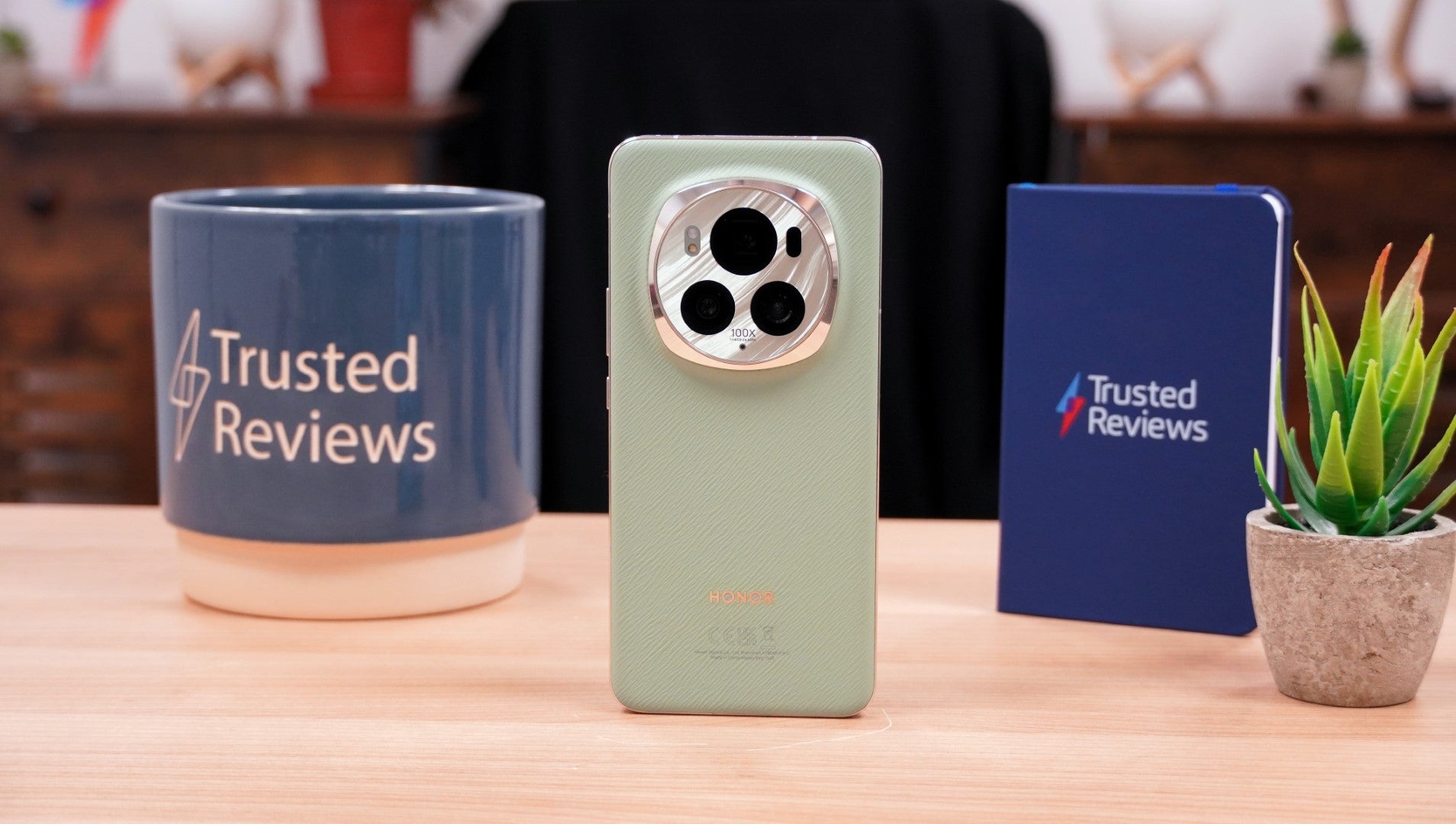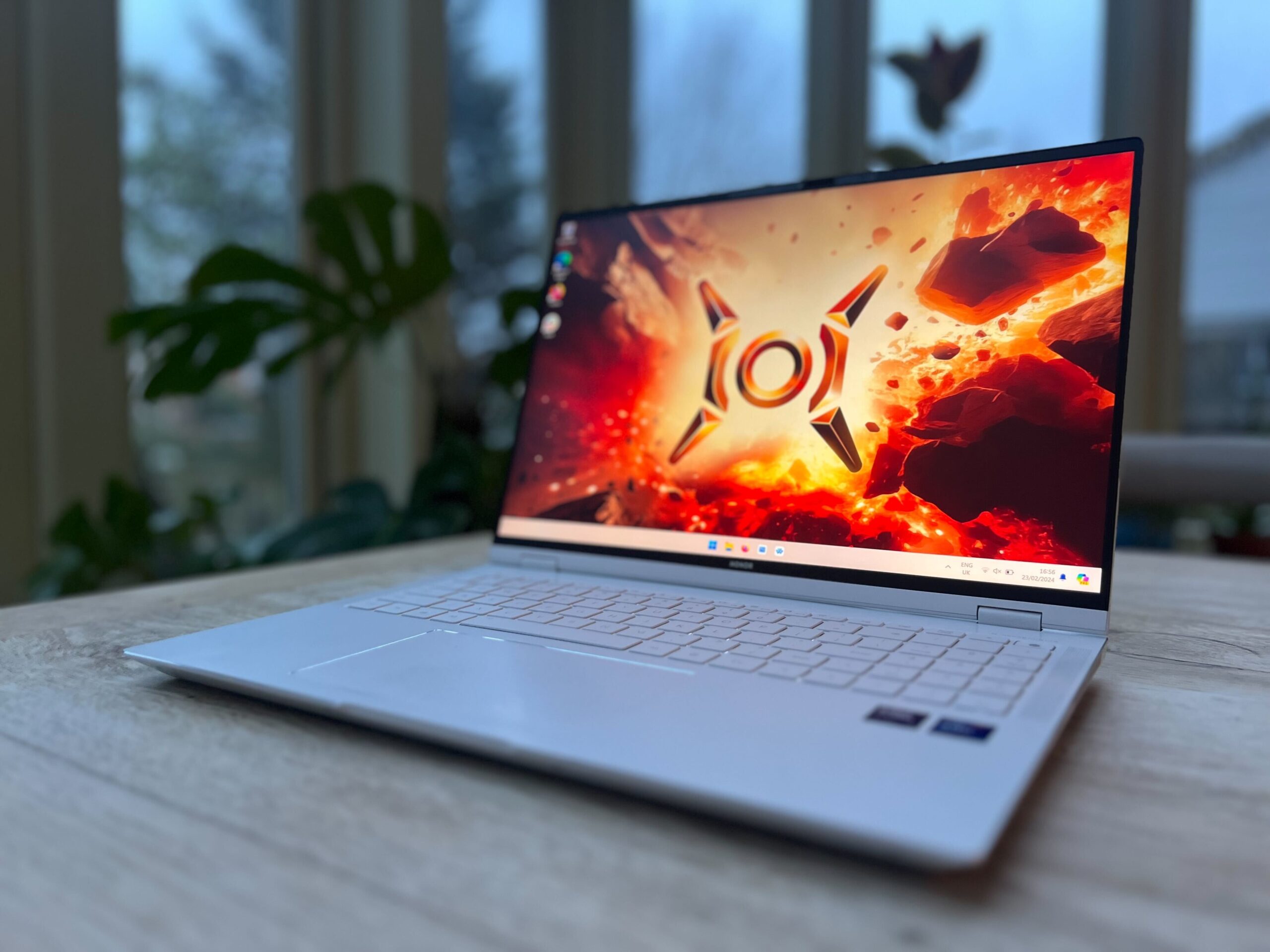Xiaomi 14 Review
The Xiaomi 14 has a lot going for it, from a great camera system to an overall size smaller than most of the best Android phones.



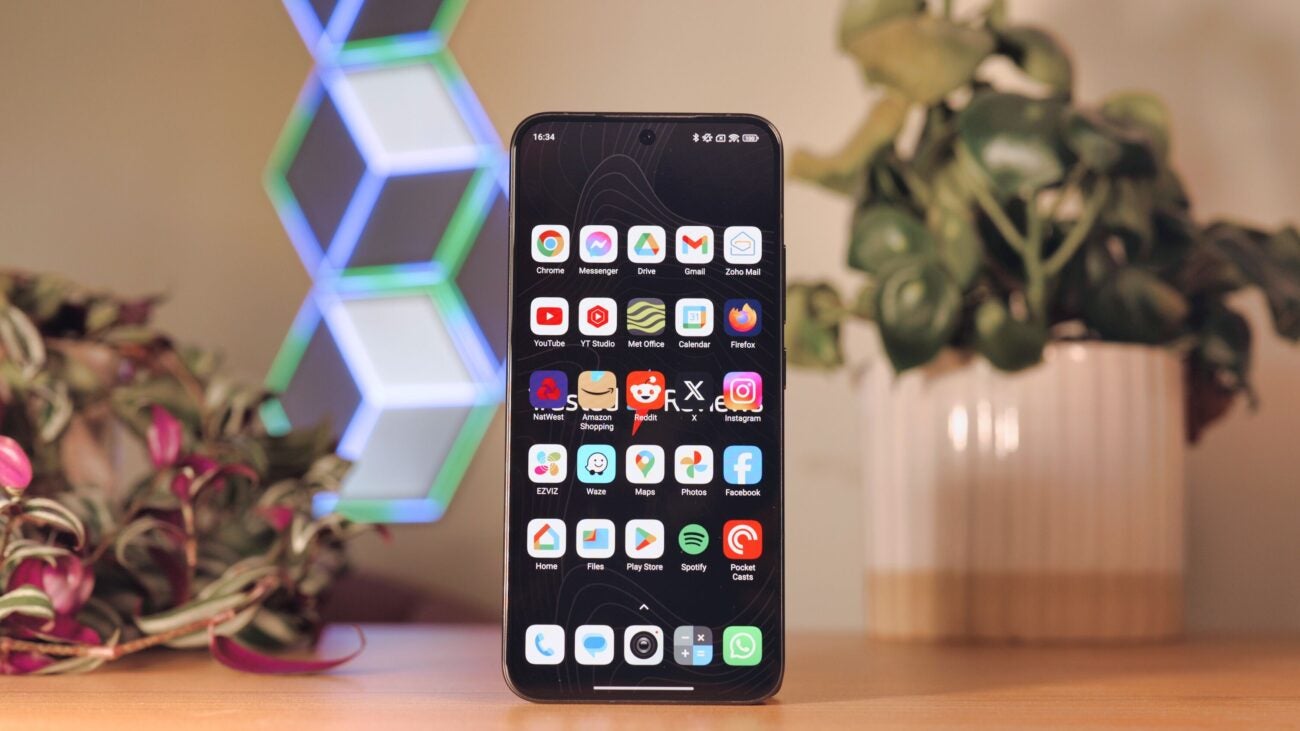





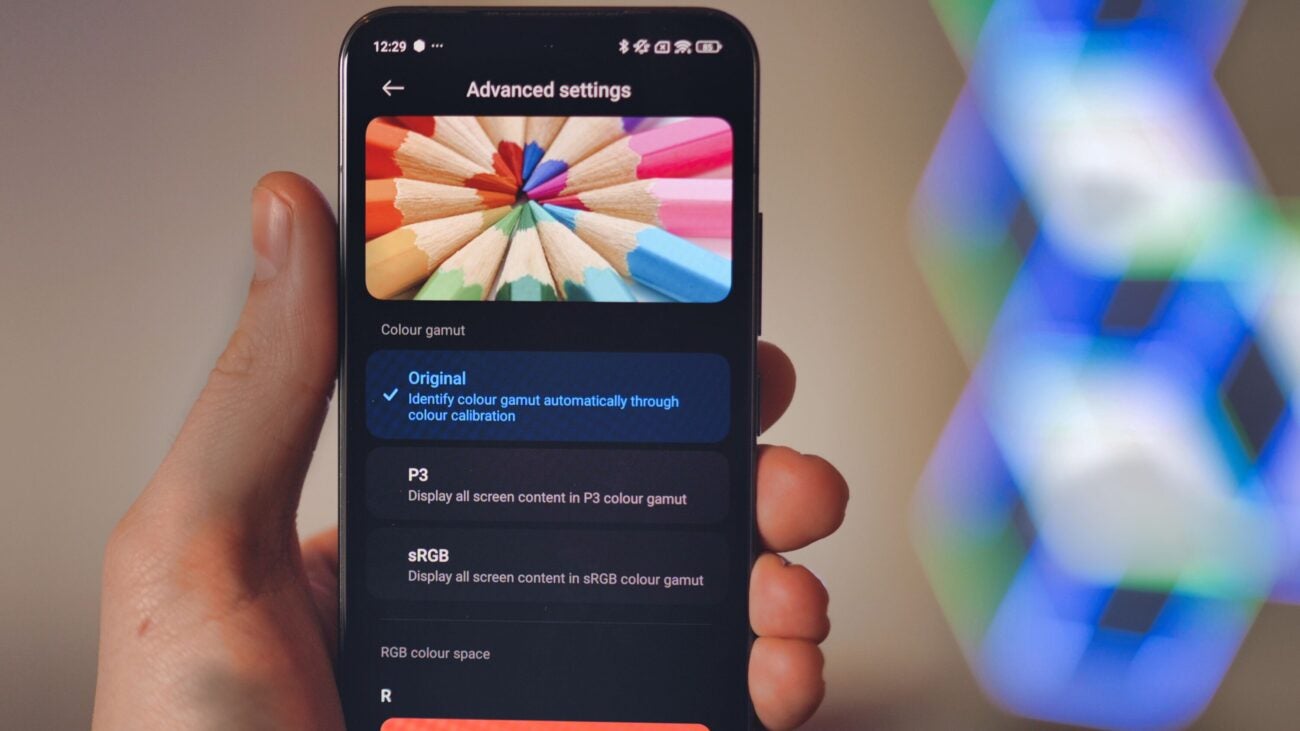
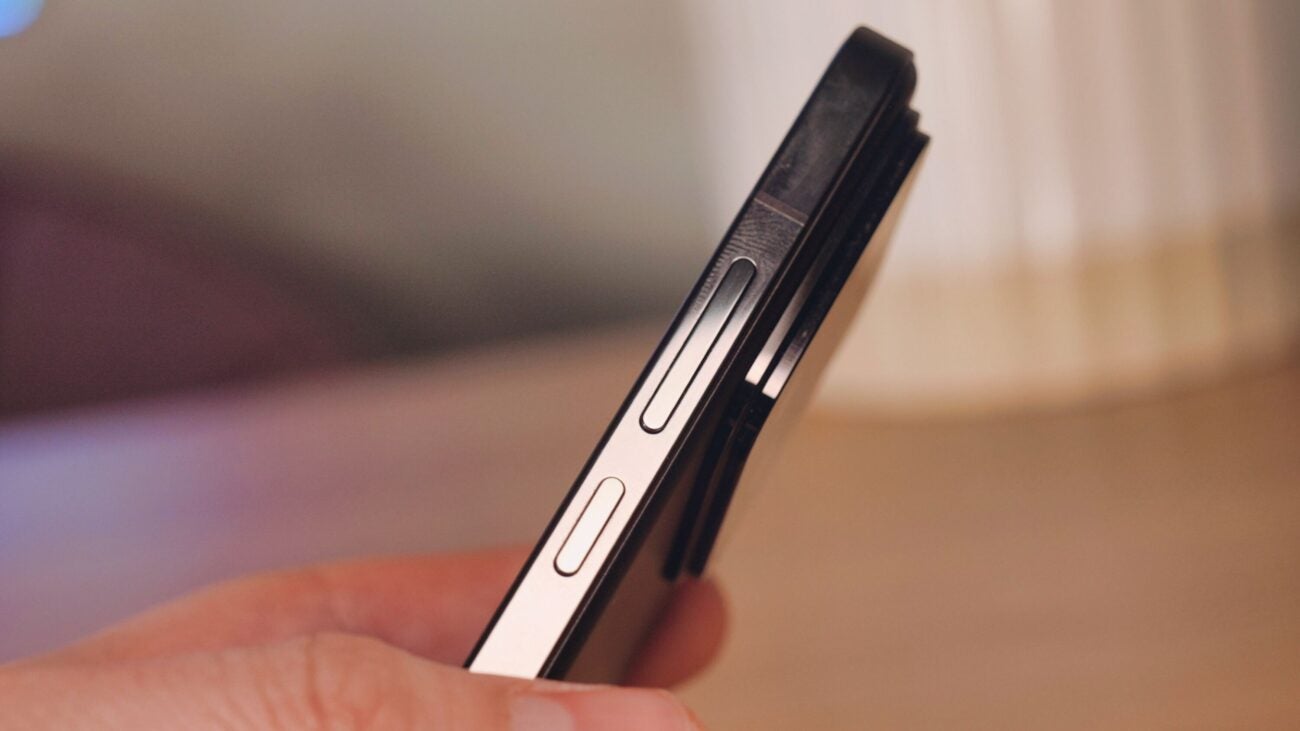
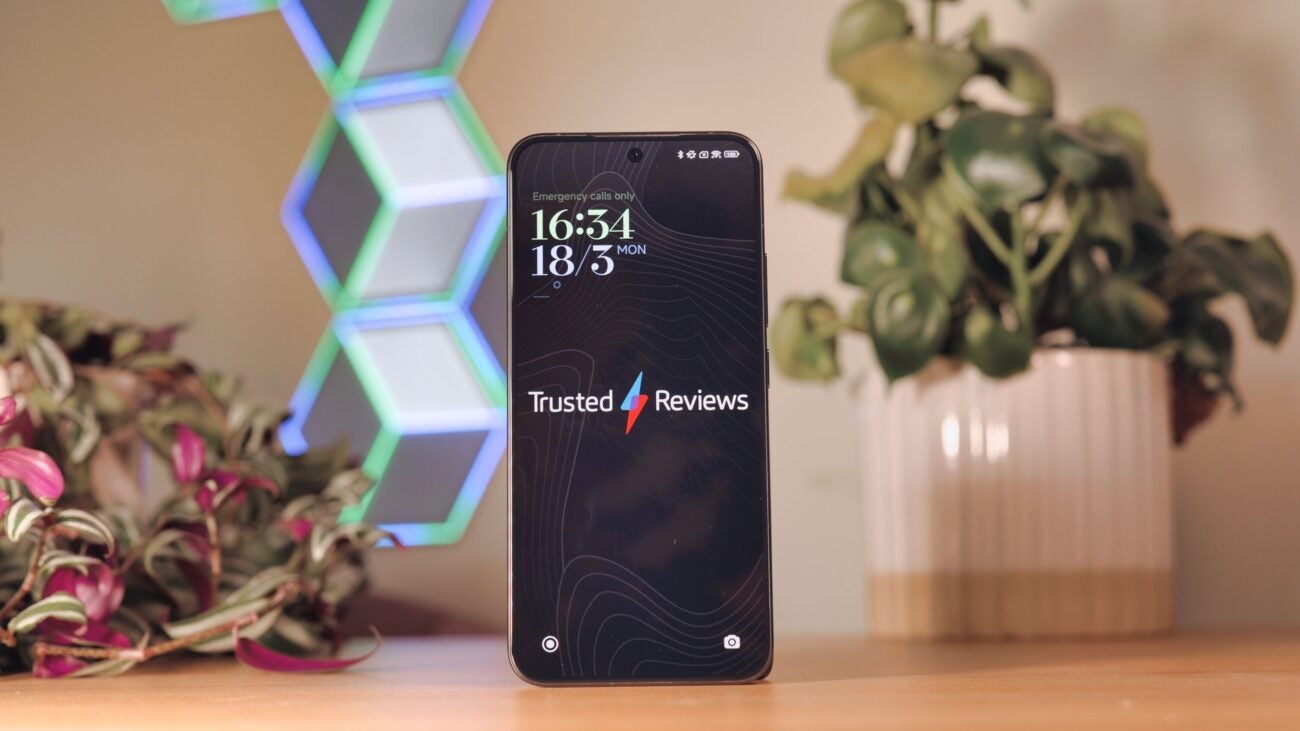

Verdict
The Xiaomi 14 is a compact flagship that doesn’t compromise on performance and features. It’s extremely powerful, takes great photos and videos and charges in a flash. The Samsung Galaxy S24 has some real competition on its hands.
Pros
- Compact size
- Flagship power
- Great cameras
Cons
- HyperOS takes some getting used to
- Bloatware preinstalled
- A little pricey
Key Features
- Convenient compact designThe Xiaomi 14 is a smaller phone, by modern standards, and it’s very refreshing to carry something so compact in your pocket.
- Excellent camerasThe Leica co-branded camera system is sure to impress, with great colour rendition, sharp images and plenty of effects to play with.
- Powerful PerformanceWith Qualcomm’s flagship Snapdragon 8 Gen 3 processor onboard, the Xiaomi 14 can handle anything you can throw at it. It’s fast, responsive and great for games.
Introduction
The Xiaomi 13 was one of my favourite compact phones last year, so I couldn’t wait to see what Xiaomi had in store with the 2024 update. The new model sticks to a similar design, but upgrades the cameras, the performance and the OS, so there’s plenty to explore here.
Flagship phones just keep getting bigger, but the Xiaomi 14 goes against the grain, favouring compact portability over screen size. If you prefer a smaller phone, there aren’t too many options to choose between at the moment; even the latest Asus Zenfone has been super-sized.
With the Xiaomi 14, you get a proper flagship experience, but in a slightly smaller package. Its obvious competitor is the Samsung Galaxy S24, which has similar dimensions and boasts top-of-the-line specifications.
In the UK, the Xiaomi 14 retails for £899, which makes it a lot more expensive than Samsung’s petite flagship. Does it do enough to be worth the extra outlay? I was excited to find out, and after living with it for over a week, here are my thoughts.
Design
- Compact pocket-friendly design
- Black, White and Jade Green options
- IP68 rated
The Xiaomi 14 sports a similar design to last year’s Xiaomi 13, only the camera module has significantly increased in size, hinting at its enhanced capabilities. It’s very iPhone-inspired, with its flat aluminium edges and flat display, but that’s no bad thing. It looks premium and it feels great in the hand.
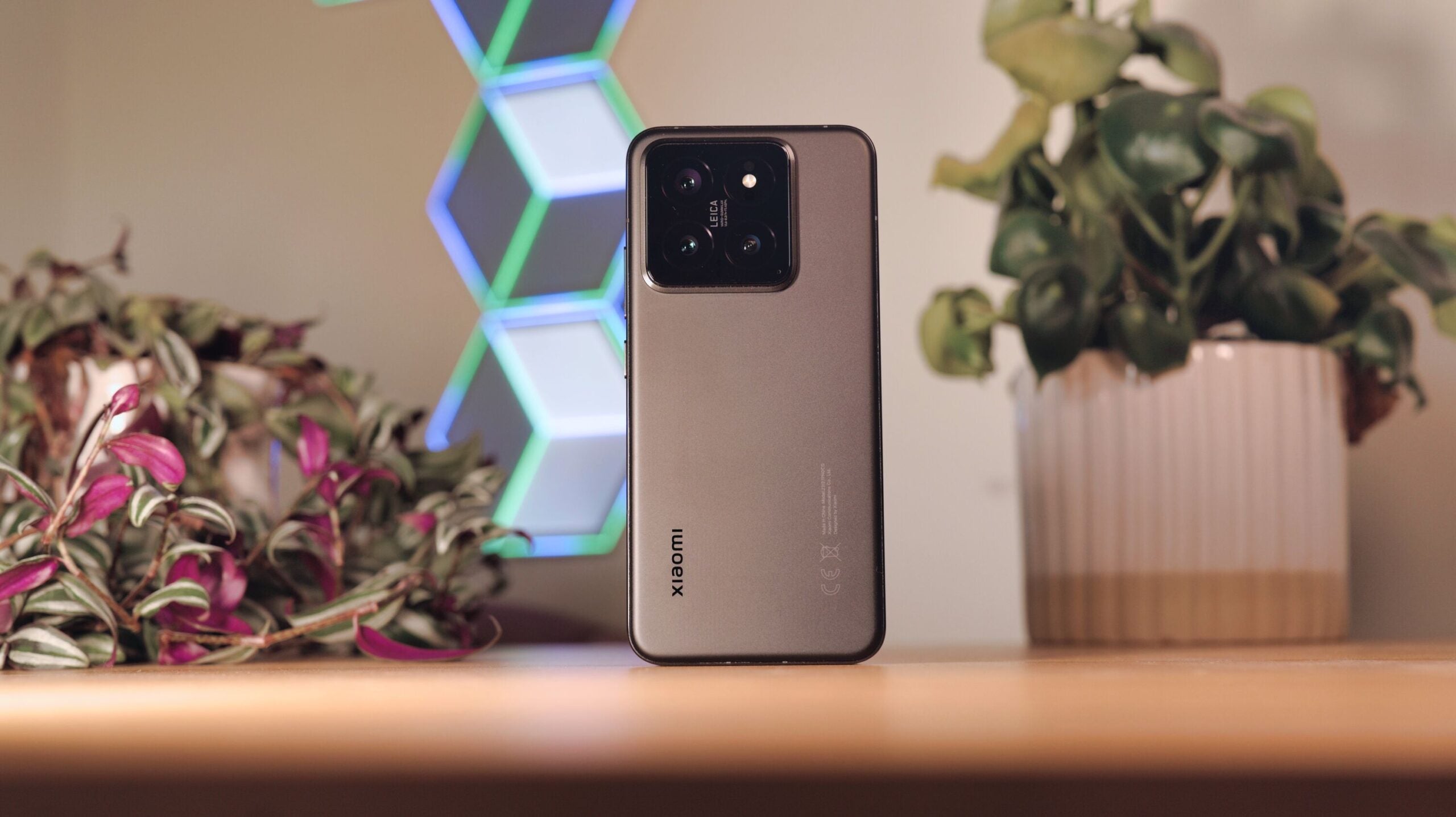
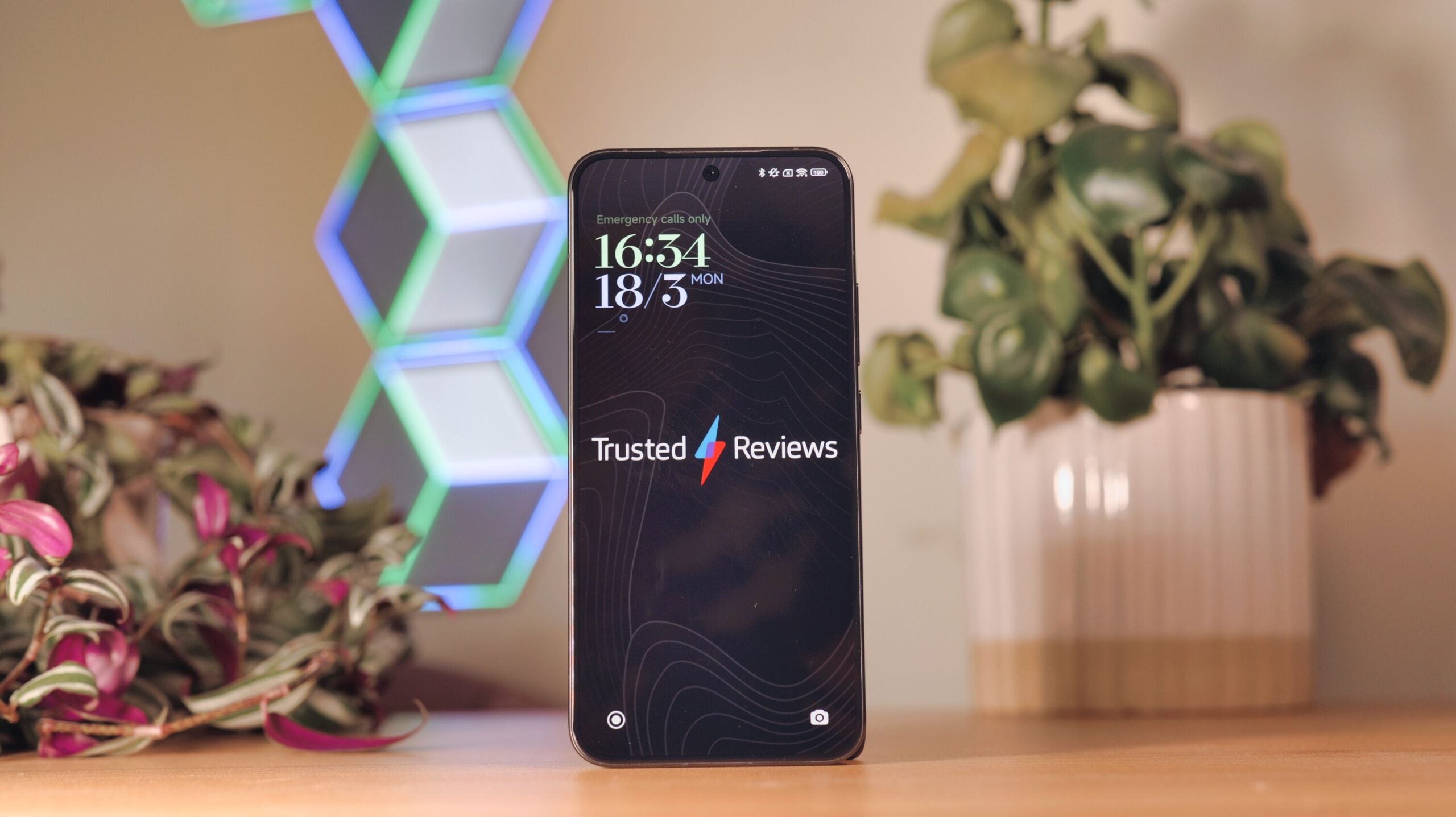
I was sent the Black version for testing, which has a matte finish on the rear panel. The White model also has a matte rear, whereas the Jade Green version has a high-gloss, almost mirror finish on the back. As someone who can’t stand fingerprint smudges, I much prefer the Black and White options.
The aluminium sides are still polished to a mirror finish, and I’d love to see these get the matte treatment, too. On the other hand, it does serve to make the Xiaomi 14 stand out against the competition, as both the S24 series and iPhone 15 models have adopted less shiny edges.
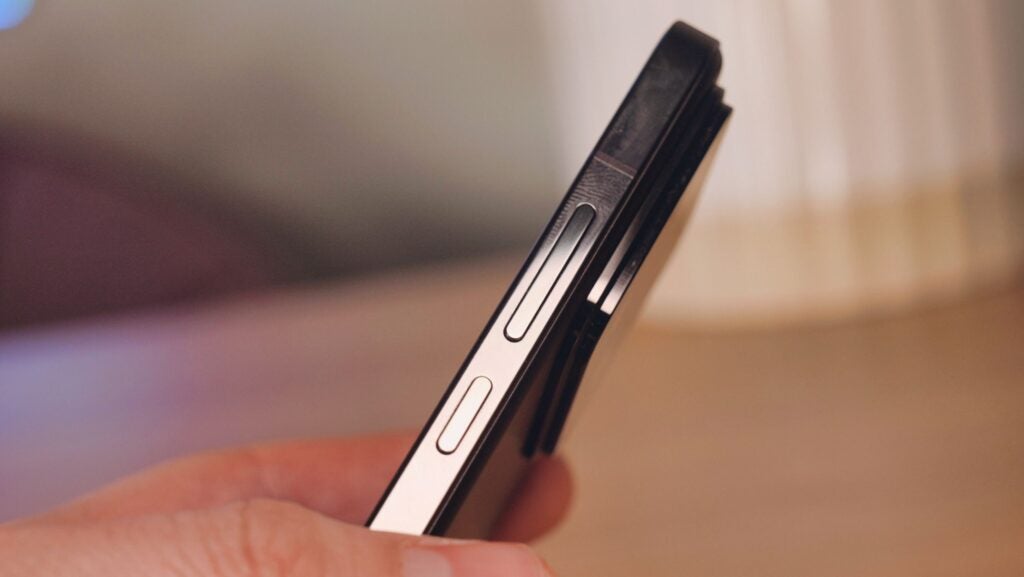
The square glass camera housing has a new bezel around its perimeter, apparently inspired by the design of high-end watches. It’s quite subtle, but it does look nice, and it adds a little extra flair compared to last year’s phone.
The Xiaomi 14 is IP68 rated, which means it’s protected from dust and is fully water resistant at depths of up to 1.5 meters in fresh water. So, no matter how adventurous your holiday plans are, the Xiaomi 14 should be up to the task.
Screen
- 6.39-inch 120Hz LTPO AMOLED
- 2670×1200, 3000 nits peak brightness
- Dolby Vision and HDR10+ support
Most current flagship phones have displays measuring around 6.7 inches, while the Xiaomi 14 measures in at 6.39-inches. It’s not tiny, it’s still a bit bigger than the iPhone 15 or Galaxy S24, but it definitely feels small compared to the Vivo X100 Pro, which has been my mainstay for the past few months.
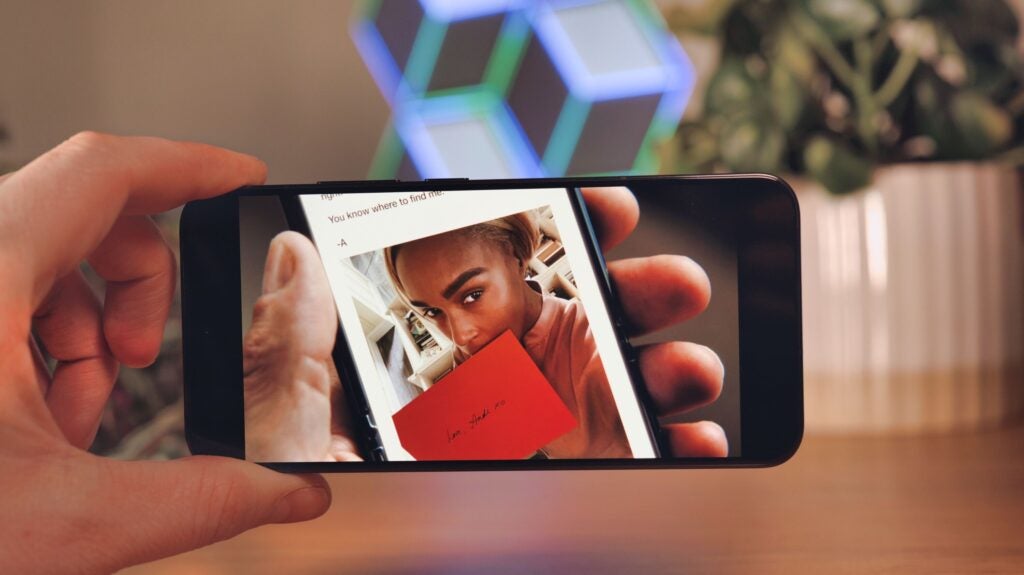
I think this size is a nice middle ground; it’s small enough to make the phone feel compact, but there’s plenty of screen space for your apps and video content. It was only while gaming that I felt the smaller display started to cramp my style. It’s not likely to be the choice for aspiring pro gamers, but for everyone else, it’s very easy to adapt.
Thankfully, Xiaomi hasn’t skimped on the specs of this smaller display. It has an ample WQHD+ resolution, a variable refresh rate from 1Hz to 120Hz and supports both Dolby Vision and HDR10+. It’s also extremely bright, supposedly able to crank out 3000 nits at peak brightness. It wasn’t reaching these levels during my testing, but it was always able to compete with the sunlight, and HDR content looks as punchy and dramatic as you’d hope.
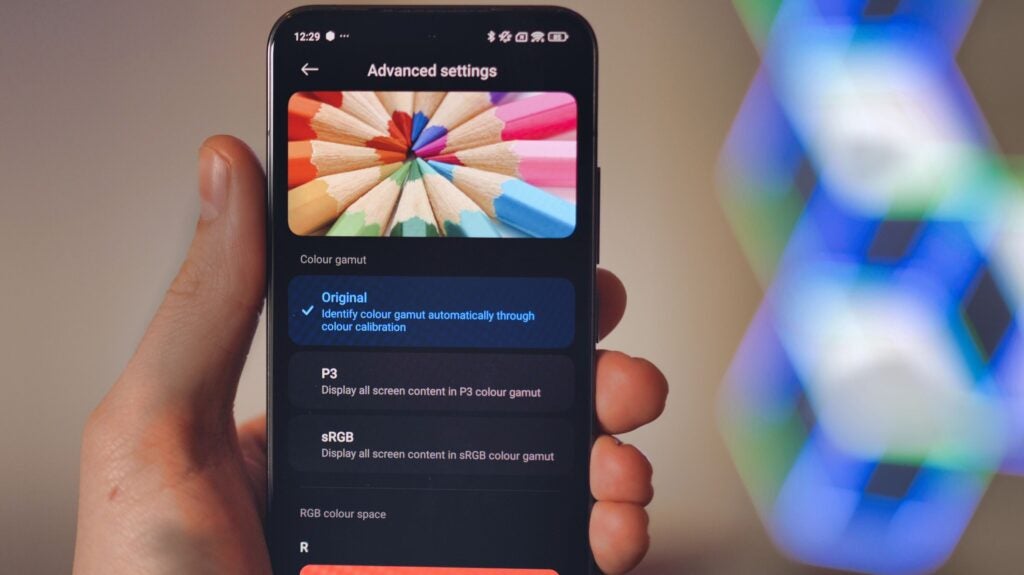
To my eyes, the Xiaomi 14 display looks spot-on straight out of the box, but if you’d prefer to tweak the colour reproduction, you have a wealth of options at your disposal. In fact, there are probably more settings to tweak here than on any competing brand. As well as the normal profiles, you can also switch colour gamut, adjust the saturation, contrast, hue, colour balance and more.
Cameras
- 50MP f/1.6 1/1.31-inch main camera
- 50MP f/2.0 3x telephoto
- 50MP f/2.2 ultrawide
- 32MP f/2.0 selfie camera
The scaled-up camera array and proud Leica branding hints that we’re in for a treat with these snappers, and indeed, there is some substance behind the styling. On the rear, you now get a triple 50MP array, replacing the weaker auxiliary lenses we saw last year. Meanwhile, the main camera uses a brand new OmniVision OVX900 sensor, that Xiaomi has branded as the Light Fusion 900.
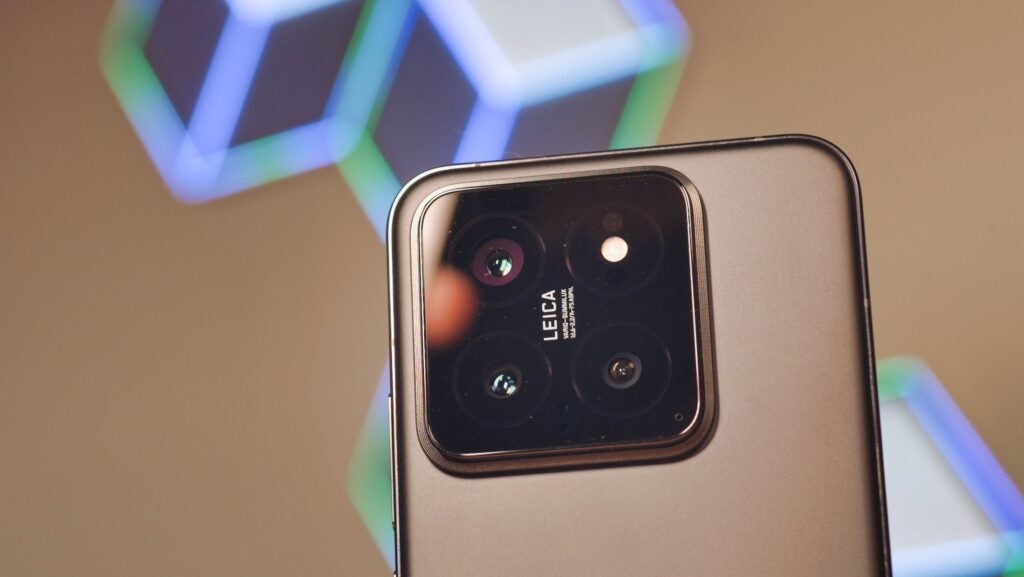
It’s a pretty sizable main sensor, at 1/1.3 inches, and it’s larger than the main sensor of its primary competitors, the iPhone 15 and Galaxy S24. This means it’ll have shorter exposure times in the dark, as well as being able to capture some natural bokeh without using portrait mode. Interestingly, this new sensor boosts to higher ISO levels than the competition, and this should also assist in low-light shooting.





Despite all the rear cameras sporting a 50MP resolution, the main sensor is the most impressive. It provides the sharpest images with the most detail and is more immune to motion blur when the light gets low. The relatively large sensor creates some nice authentic bokeh on close-ups, but if you want a blurrier background, Xiaomi’s excellent portrait mode delivers the goods.





I also found the 3x telephoto very useful; it’s great for close-up shots and portraits, and it just gives a bit of a tighter frame on far-away subjects. It gets a little soft at night, but it’s excellent during the day.



The ultrawide is decent and has an impressively wide field of view, but I was very disappointed to find out that it lacks autofocusing capabilities. It’s still useful for group shots and capturing architecture, but it feels limiting not being able to capture close-ups with this lens.

The selfie camera can capture some really nice shots, and the high reliability of the portrait mode cutouts makes for some nice effects, too. There’s no autofocus on the front-facing camera, which isn’t unusual, but puts it a step behind the Galaxy S24 and Pixel 8 Pro.
For video shooting, you can capture up to 4K at 60 fps on all the rear lenses, or up to 8K at 24 fps. However, in 8K you’re limited to the main camera only, and you can only record for 6 minutes at a time. Video recording options are very comprehensive, there’s a full suite of manual controls, and you can even shoot in LOG if you fancy trying some colour grading.
Performance
- Qualcomm Snapdragon 8 Gen 3
- 12GB LPDDR5X RAM
- 256GB / 512GB UFS 4.0 storage
The Xiaomi 14 is powered by Qualcomm’s top-of-the-line mobile processor, the Snapdragon 8 Gen 3, so of course, it’s an excellent performer. It’s paired with 12GB of speedy RAM and either 256GB or 512GB of ultra-quick UFS 4.0 storage.
Even if you have tonnes of apps open at the same time, the phone always feels nimble and responsive. Apps open quickly and animations are smooth. It’s also a bit of a beast when it comes to gaming, and it’ll run essentially any game you can find in the Play Store at max graphical settings with consistent frame rates.
Editor’s Note: Due to software blocks on the Xiaomi 14 sample we received, we were unable to run our regular suite of graphics-focused tests to quantify performance. Instead, we relied on real-world usage to build an opinion of the phone’s graphical performance, and we’ll update this section if/when blocks are removed.
I put a few hours into Genshin Impact on the Highest graphical preset at 60fps, and the Xiaomi 14 handled it like a champ. It began to heat up a little after 15 minutes or so, but it never became uncomfortable to hold. The cooling is quite impressive for such a compact handset.
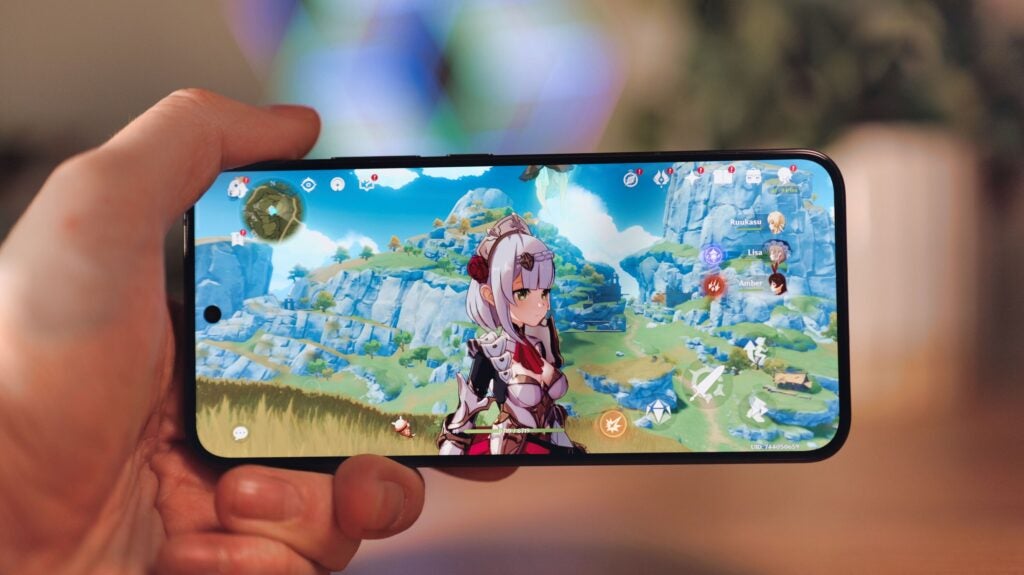
HyperOS has a built-in gaming menu that can be accessed by swiping from the left-hand side of the display while a game is running. This menu offers a good number of options, including the ability to prioritise game performance, clear cache, block calls, record gameplay, and more. It’s not as in-depth as the menu on a dedicated gaming handset, but there are more options here than you’ll find on most mainstream phones.
The Xiaomi 14 has dual stereo speakers, one positioned on the base next to the USB-C port, and the other at the top of the display, above the selfie camera. They have a decent output, and while they’re not the loudest I’ve come across, there’s plenty of volume for most situations.
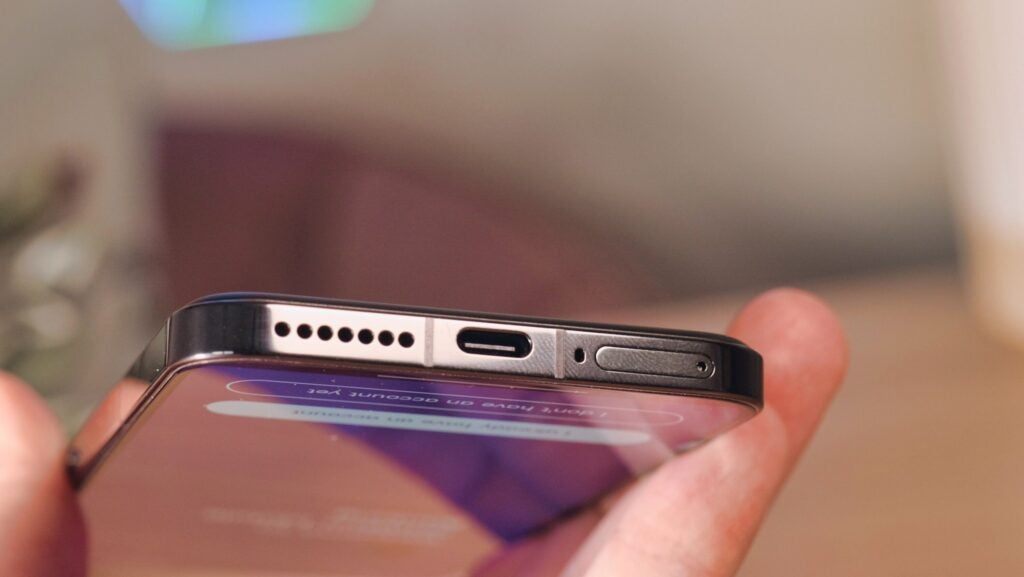
The bass response is above average, but it’s not going to knock your socks off. Meanwhile, there’s lots of clarity in the midrange and highs. They sound great for gaming and watching TV shows, and there’s a decent amount of stereo separation that adds to the effect.
Software
- Xiaomi HyperOS
- Based on Android 14
- Some bloatware to deal with
The Xiaomi 14 runs HyperOS, Xiaomi’s latest operating system, built on top of Android 14. I first tested this on the Poco X6 Pro, and found that it’s functionally very similar to Xiaomi’s older MIUI software, with the main changes being aesthetic ones. The same is true on the flagship Xiaomi 14.
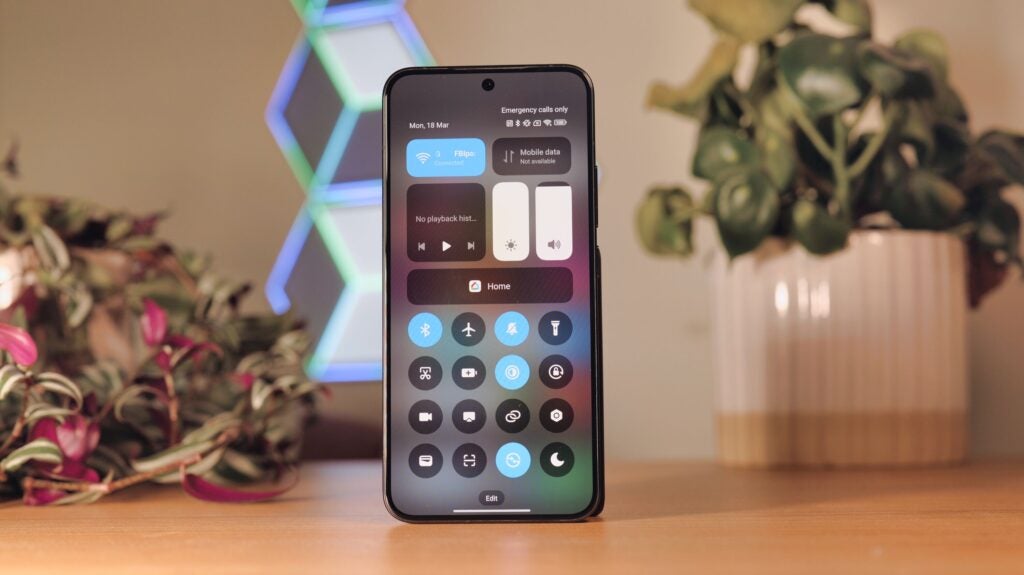
That said, HyperOS certainly looks a little more polished than older MIUI instances, so it’s mostly a change for the better. The new quick settings shade is a bit of a love-hate relationship for me, though. Xiaomi has removed the text in HyperOS, which creates a very clean and minimal look, but it can be very difficult to remember what all the symbols mean.
If you haven’t tried a Xiaomi phone before, the main thing you need to know is that the software is very iOS-inspired. This means the quick settings and notification shades are separated, and you have to swipe from a different side of the screen to access each one. Otherwise, it can be configured to work like most other Android installs.
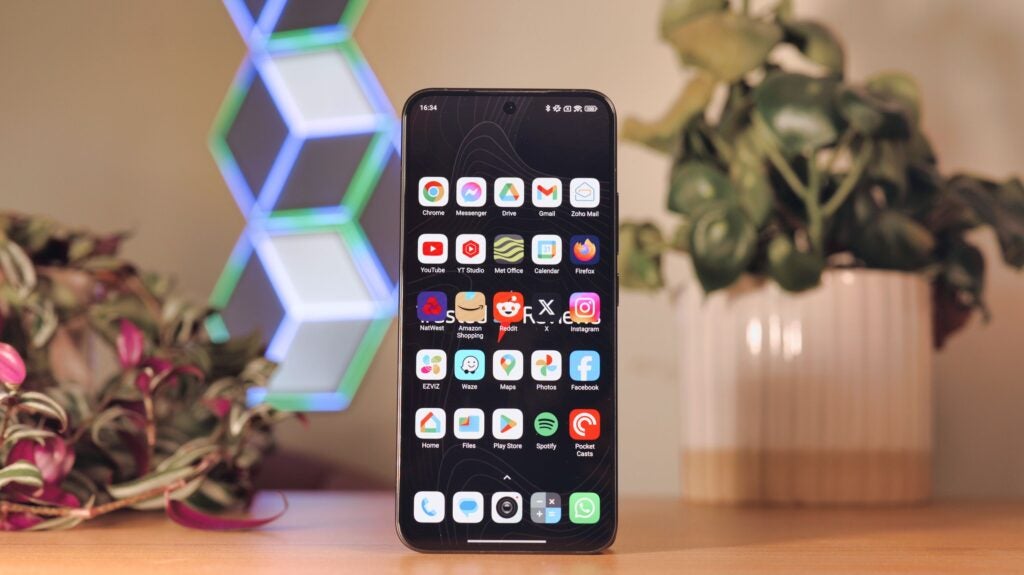
There’s a lot more bloatware here than I’d like to see on such a premium device. It’s mostly Xiaomi’s own apps, but there are also things like Facebook, Amazon, Opera and the ever-present Booking.com. It’s easy to clean up, and there are plenty of worse offenders, but it’s still not something you want to see on such an expensive handset.
Xiaomi promises four years of OS upgrades and five years of security patches for the Xiaomi 14. It’s above average, but it can’t quite match the lengthy seven-year support that Google and Samsung offer for their flagship smartphones.
Battery life
- 4610 mAh battery pack
- 90W wired charging
- 50W wireless charging
The Xiaomi 14 has a 4610mAh battery, which is slightly lower capacity than most flagships, which tend to sit around 5000mAh. In use, though, it did not disappoint. The phone always saw me through the day, often with 30% or more remaining capacity, even on days with lots of screen-on time and plenty of camera use.
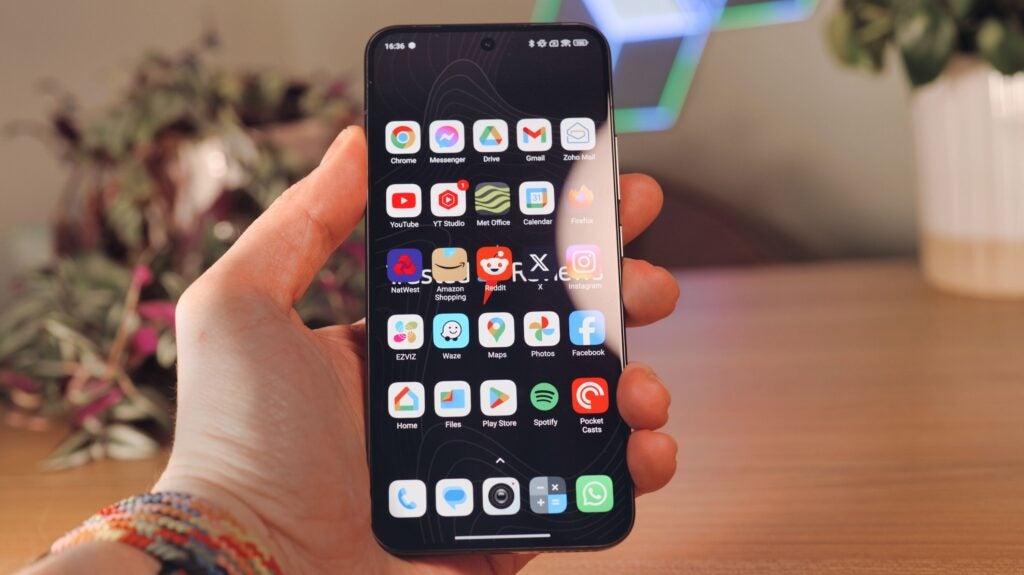
Of course, your results may vary. If you’re hammering away at games for hours on end and navigating with Google Maps, the battery will drain quicker, but most users will easily make it to bedtime without needing a top-up.
If you do need to top it up, then the good news is that it’ll be done in a flash. The Xiaomi 14 comes with a powerful 90W wall adapter in the box, and this is enough to get you from flat to full in just over half an hour. If you only need a 50% charge, that can be achieved in under 15 minutes.
It also supports 50W wireless charging, but you’ll need a very specific wireless charger to achieve such speeds. My 50W Oppo AirVOOC charger only charges it at 15W, for example.
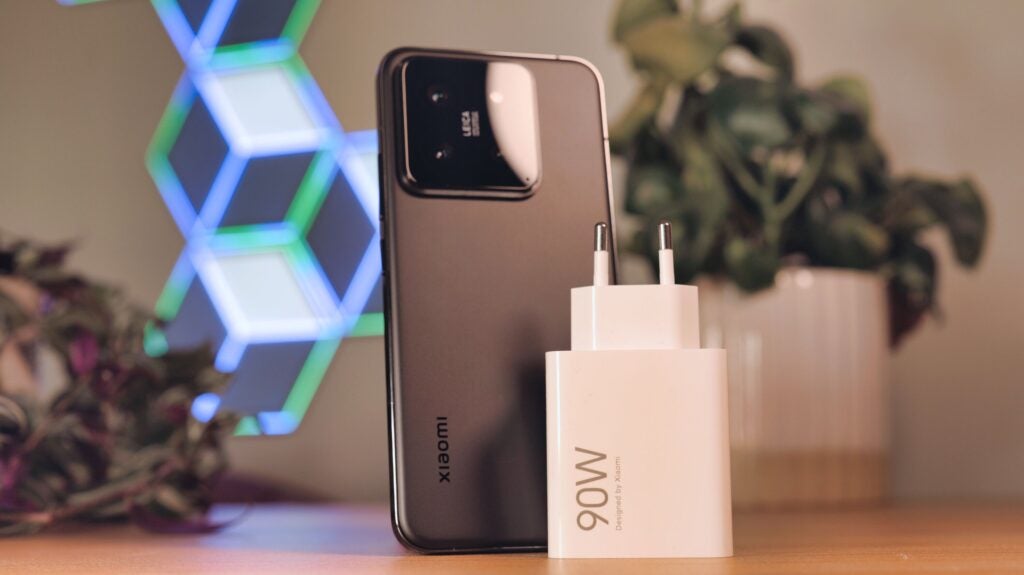
There’s also 10W reverse wireless charging support. This can come in very handy if a friend needs an emergency top-up, or if you have earbuds that can charge wirelessly.
Latest deals
Should you buy it?
You want a compact phone without compromises
Despite its smaller chassis, the Xiaomi 14 delivers a true flagship experience with tonnes of power, great cameras and speedy charging.
You want a stock Android experience
HyperOS has some cool features, but it’s quite different from stock Android. If you aren’t used to MIUI, it’ll take some time to adapt.
Final Thoughts
The Xiaomi 14 is a delight to use. It’s powerful, has a great display, packs an excellent camera array and offers speedy wired and wireless charging. The fact that it manages to do all of this while remaining relatively small makes it an excellent option for anyone who prefers a more compact handset.
That said, the Xiaomi 14 is up against some stiff competition, with the main contender being the Samsung Galaxy S24. Samsung’s device is slightly smaller and slightly cheaper, but still offers plenty of power and great cameras.
The Xiaomi definitely has its advantages, especially with low-light photography, charging speed and gaming performance (compared to the Exynos-powered S24). However, many people will prefer Samsung’s software and the added benefit its AI tools bring to the table.
All in all, the Xiaomi 14 is a great compact flagship and it’s easy to recommend. If you want all the latest features and top-end hardware, with a little less bulk in your pocket, this is undoubtedly one of the finer options.
How we test
We test every mobile phone we review thoroughly. We use industry-standard tests to compare features properly and we use the phone as our main device over the review period. We’ll always tell you what we find and we never, ever, accept money to review a product.
Find out more about how we test in our ethics policy.
Used as a main phone for over a week
Thorough camera testing in a variety of conditions
Tested and benchmarked using respected industry tests and real-world data
FAQs
Yes, the Xiaomi 14 is IP68 rated, which means it can be submerged in fresh water at depths up to 1.5 meters without damage.
No, only the Xiaomi 14 Pro and Xiaomi 14 Ultra have an adjustable aperture on their main cameras.
Xiaomi promises four years of OS updates and five years of security patches for the flagship Xiaomi 14 series.





